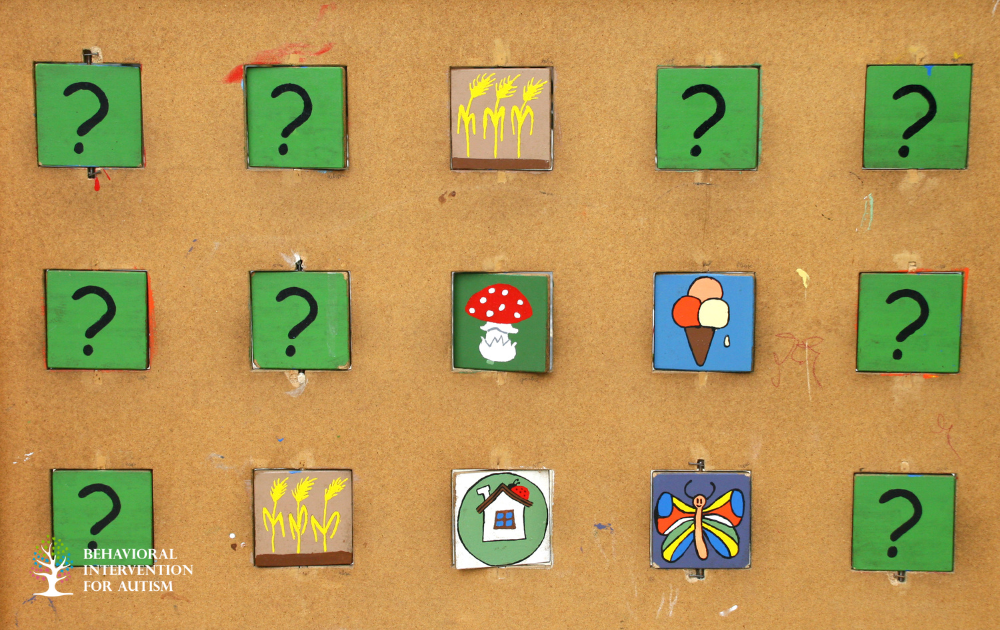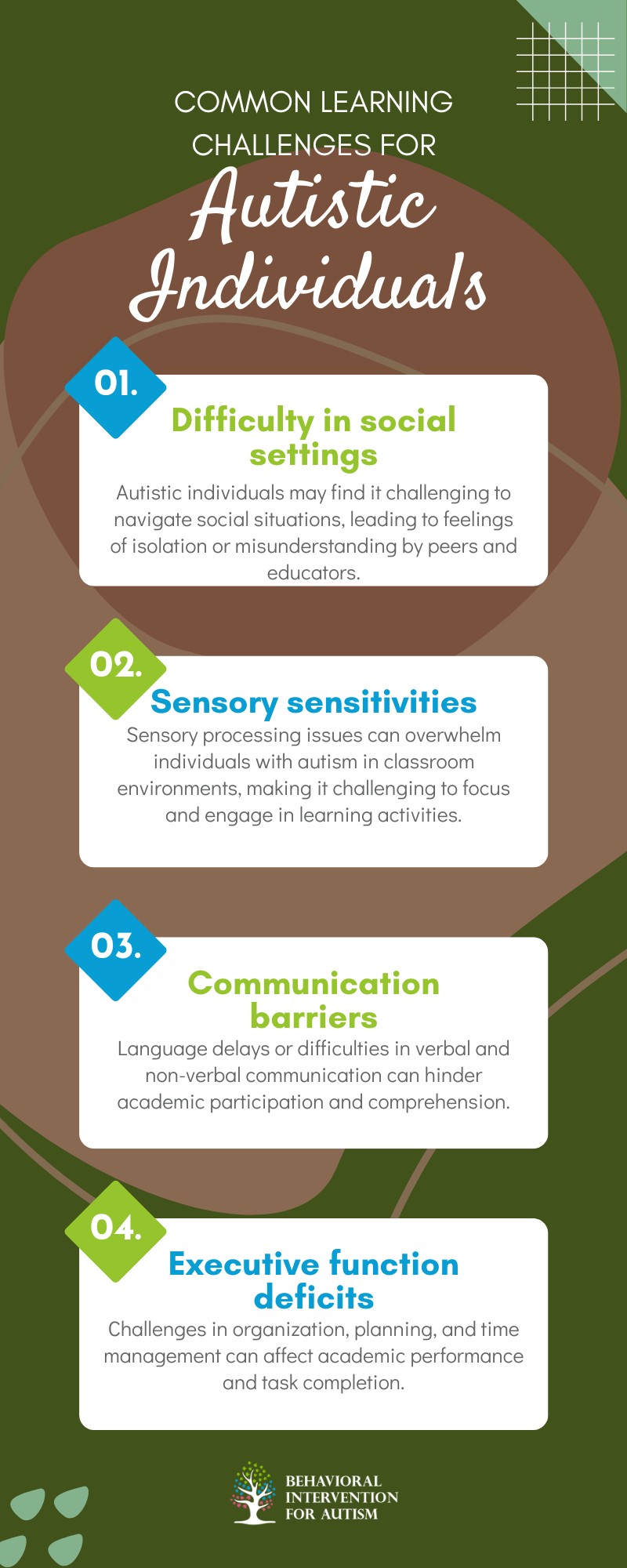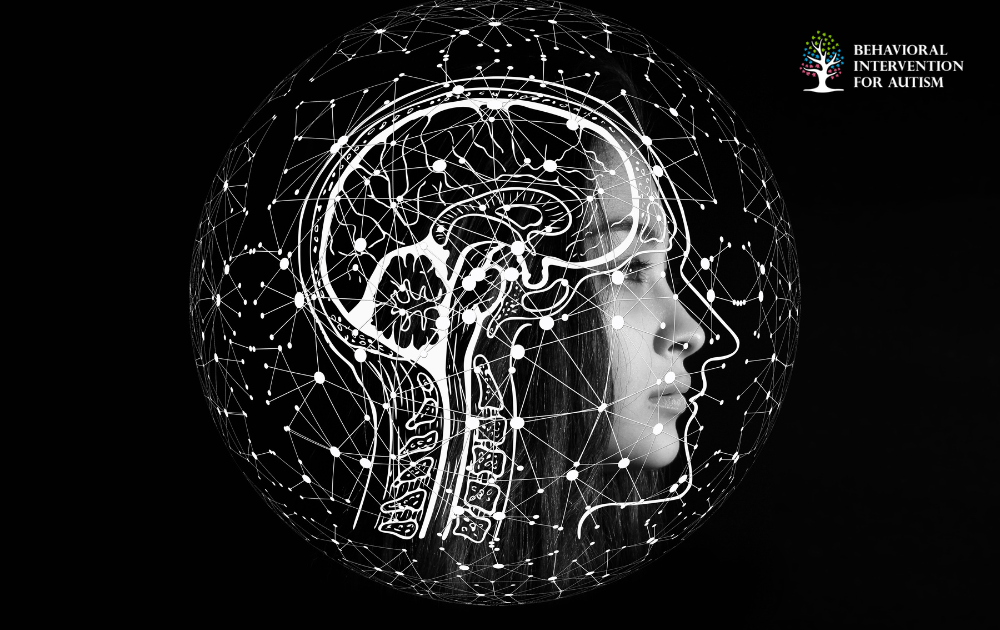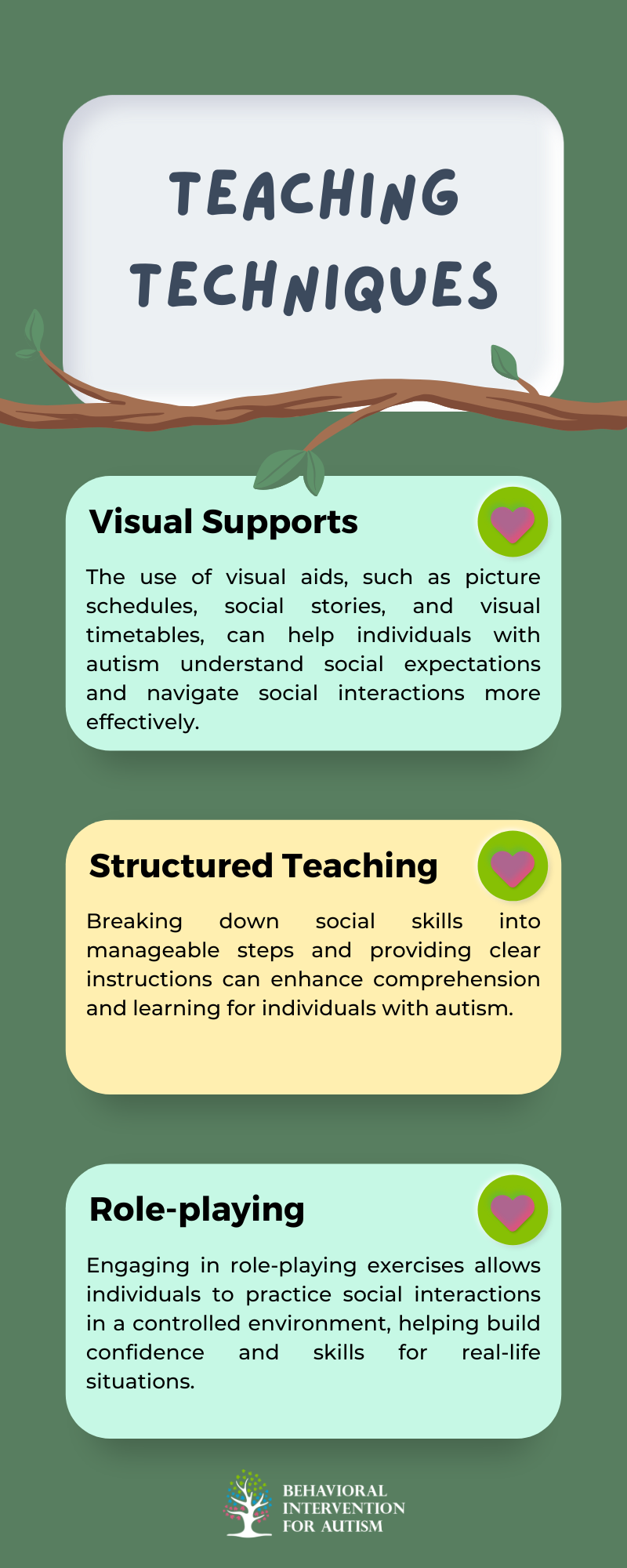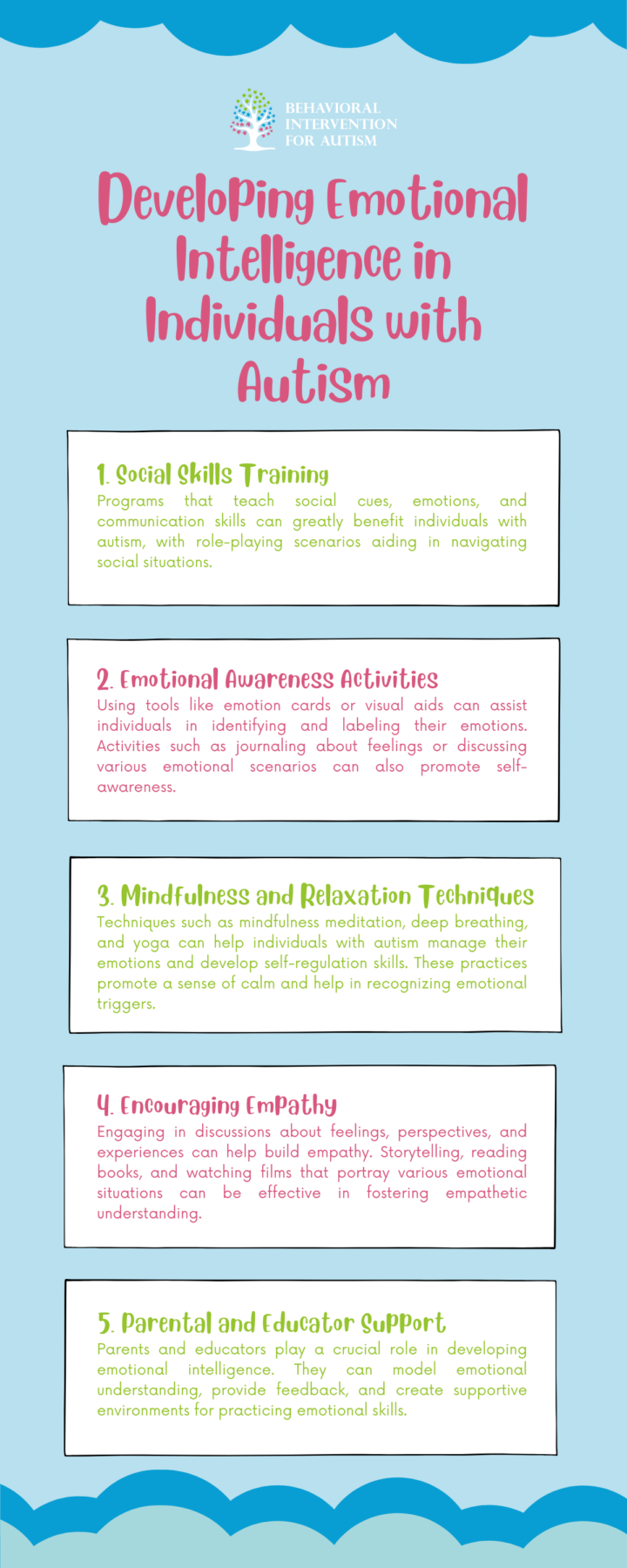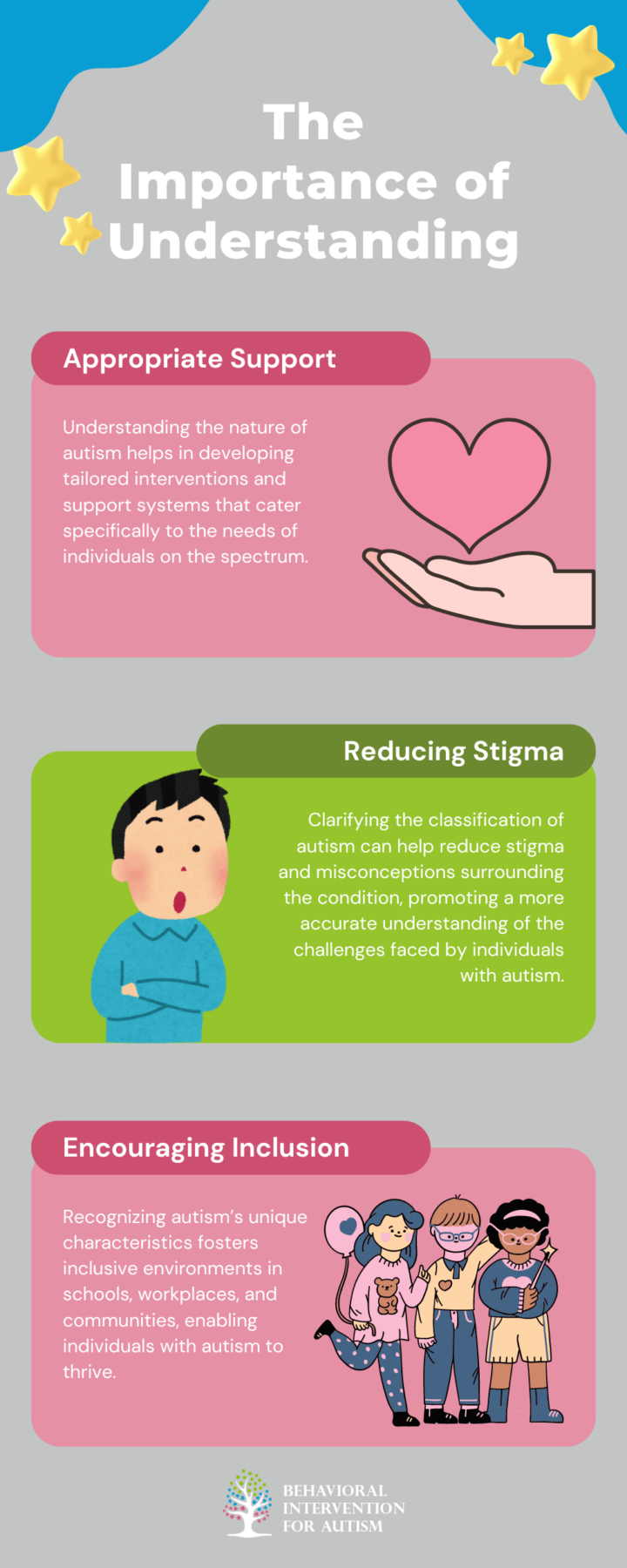A Tampa dad has nearly given up after his son, who has autism, was dropped from Medicaid.
Chaz, 5, was diagnosed with autism spectrum disorder and is nonverbal. His father, Drew Peterson, shared that Chaz initially attempted to attend public school but ultimately found success in applied behavior analysis, or ABA therapy. This therapy had been completely covered by Medicaid under the Department of Children and Families during the pandemic, which had kicked off Medicaid coverage for many families.
“When you’re in that middle-class area, it’s very difficult to find services but during the pandemic you could, so he was able to go do ABA therapy for almost a full year,” Peterson said. This therapy played a crucial role in Chaz’s development, helping him acquire essential life skills.
Since 2021, Chaz had been receiving ABA therapy five days a week, which greatly assisted him with everyday skills ranging from speech to potty training. “We were cut in October and he lost all of his services abruptly,” said Peterson. “We were on our way to service one day and basically got an email saying he’s been cut for Medicaid.” The suddenness of this decision left the family in disarray and searching for immediate solutions.
In a desperate attempt to advocate for their son, Chaz’s parents went to the DCF office in Tampa, where they managed to get his services restored temporarily. However, last month, the heartbreak returned when Chaz was dropped from Medicaid for good. “We’re not impoverished, but we have a child whose services are much greater than our income,” said Peterson, illustrating the financial strain faced by many families in similar situations.
Peterson learned that he makes slightly more than the income limit for his son to qualify for Medicaid. This is particularly troubling given that when children lose Medicaid coverage, they are supposed to be automatically enrolled in Florida KidsCare, a health insurance program for kids. However, Peterson found that this program did not cover ABA therapy. “It really seems like the bus stops before the Florida Medicaid, that’s where I think the issue lies,” he remarked.
Chaz is not alone in this struggle. He is one of 34,000 children in Hillsborough County who lost Medicaid coverage since April 2023. The situation is alarming statewide, with approximately 460,000 children reported to have been dropped, according to the Florida Policy Institute. The Department of Children and Families (DCF) has been reviewing Medicaid eligibility following Congress’s decision to end a pandemic-era rule effective March 31, 2023, which had allowed for continuous coverage.
During the pandemic, states were mandated to provide uninterrupted Medicaid coverage for enrolled individuals, even if they no longer qualified. The unwinding of this coverage has been referred to as the “Medicaid unwind.” 8 On Your Side contacted DCF regarding this issue and is currently awaiting a response.
“According to Medicaid, if we got that formal medical determination that formal denial from Social Security, he would get Medicaid so that’s what we tried to do and we were denied three times,” Peterson explained. This bureaucratic nightmare has caused immense heartache for the Peterson family, and without therapy, Chaz is regressing in his development.
In their quest for help, 8 On Your Side reached out to DCF, the Social Security Administration, Bay Area Legal Services, and Hillsborough County Public Schools to seek assistance for Chaz. Each of these entities stated they are working on potential solutions, but the process has been frustrating and slow.
“It shouldn’t be this difficult,” Peterson expressed. “Just help me get my kid services that’s all I want.” The reality is that many families are facing similar challenges, making access to ABA therapy critical for children with autism.
Get the Support Your Child Needs
At Behavioral Intervention for Autism, we understand the critical role ABA therapy plays in the development and well-being of children with autism. If you’re facing challenges with securing necessary therapy services, our team is here to help. We offer comprehensive ABA programs in Florida designed to support children in reaching their full potential. Don’t let coverage issues hold back your child’s progress—contact us today to learn more about our services and how we can assist you in navigating your options. Your child’s future is too important to wait.









